

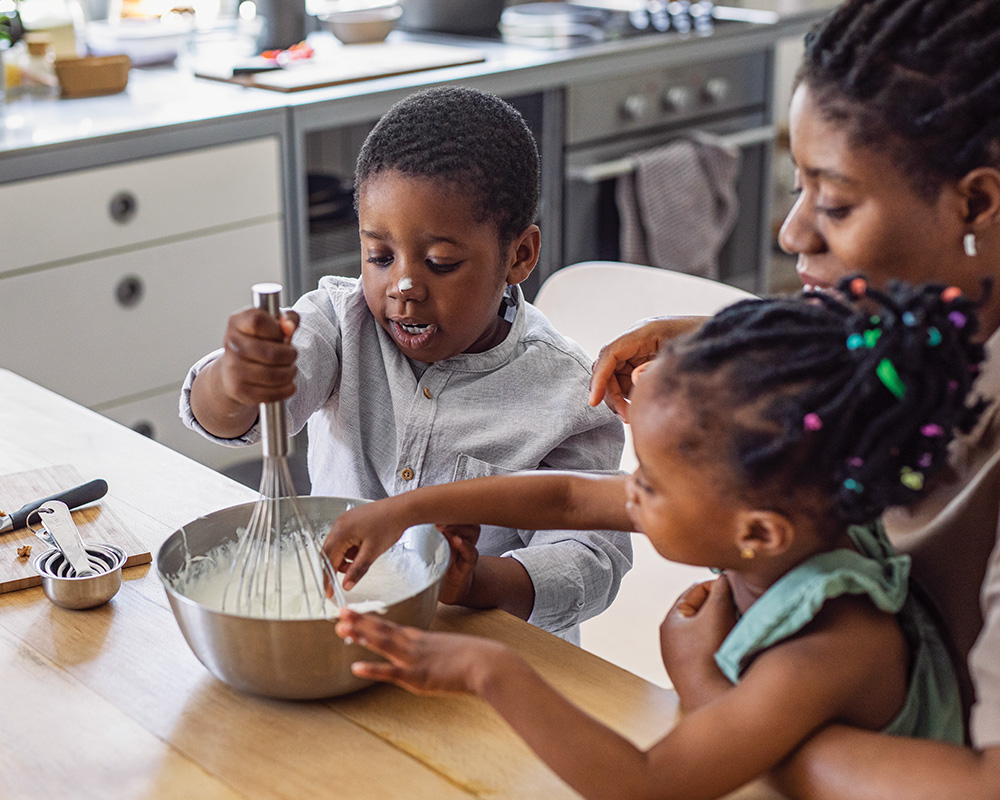
I am becoming MORE CONFIDENT.
I like to try new things. You are my teacher. I try to do what you do, so eat healthy foods and I will too.
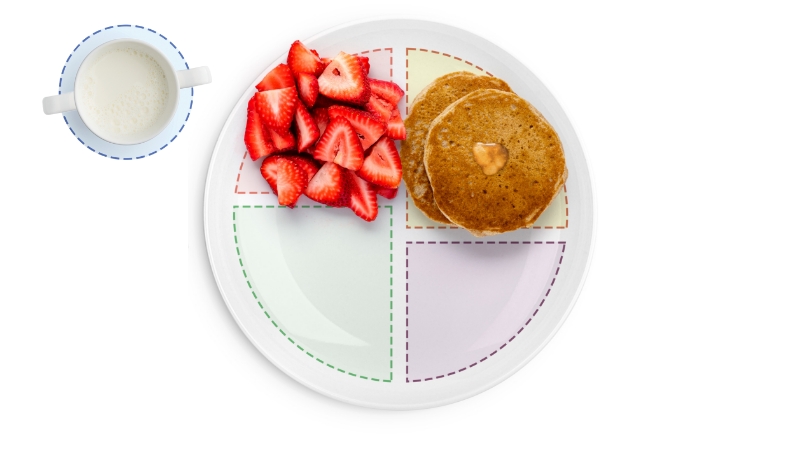
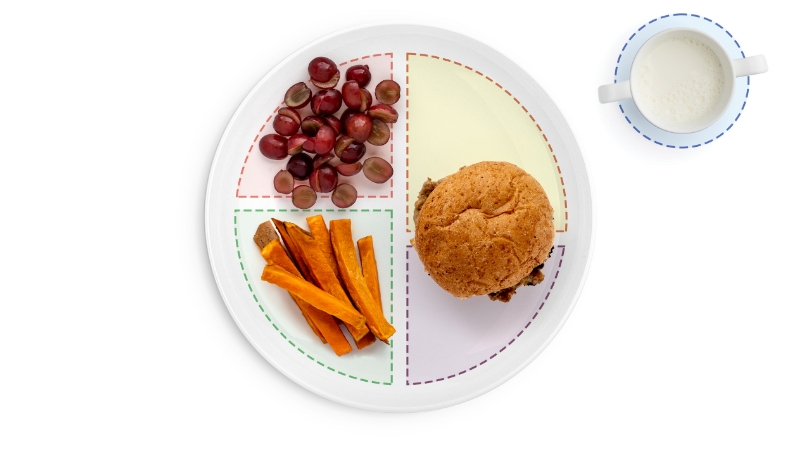
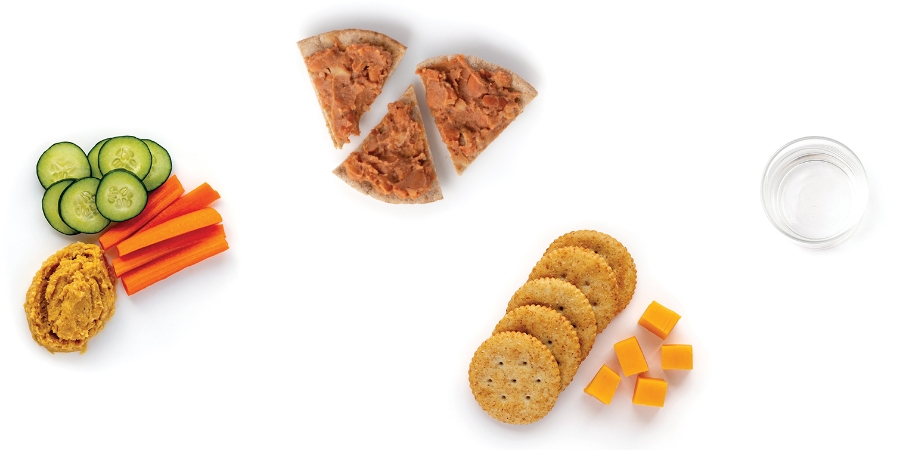
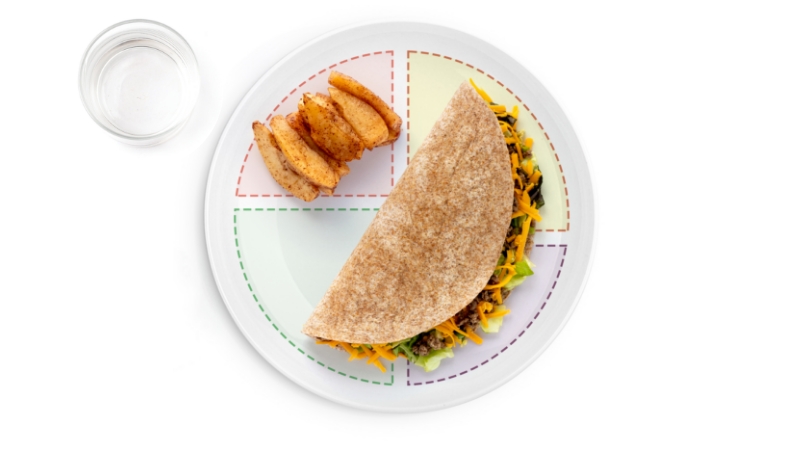
3 servings a day
1 serving = ½ cup
(1½ cups total)
Cooked or soft, raw fruit.
Mashed, sliced, or chopped.
Offer a variety: red, yellow, orange, blue, and green.
3 servings a day
1 serving = ½ cup
(1½ cups total)
Mashed, sliced, or chopped veggies.
Offer a variety: dark green, orange, red, yellow, and purple.
8-10 servings a day
1 serving = ½ ounce
(4-5 ounces total)
Whole grain bread, tortillas, rice, or noodles.
Dry or cooked cereal.
3-5 servings a day
1 serving = 1 ounce
(3-5 ounces total)
Cooked lean meat, poultry, or seafood.
Eggs.
Cooked beans, peas, or tofu.
Peanut butter.
5-6 servings a day
1 serving = ½ cup
(2½ cups total)
Low-fat milk.
Yogurt.
Cheese.
I learn a lot from being with you and being active. Let’s be active as a family! We can:
Take me to the doctor for my check-up.
I can brush my own teeth now, but watch me when I do so I don’t miss any teeth.
Remind me to wash my hands often. Washing my hands helps me stay healthy. I should wash them with warm water and soap for 20 seconds.
I need simple rules. Set limits on when, where, and how often we have screen time. Talk about what I’m learning as we watch together and keep me safe from what I shouldn’t see. Let’s focus on each other during meals and snacks, not a screen.
Side-Lying Hold
This hold is useful when:
Cross-Cradle Hold
This hold is useful when:
Clutch or “Football” Hold
This hold is useful when:
Cradle Hold
This hold is useful when:
Laid-Back Hold
This hold is useful when: